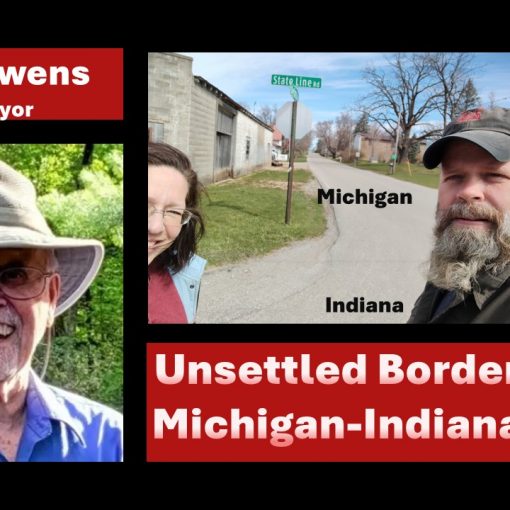Walnut Canyon National Monument, Arizona holds well preserved mysteries of ancient life. Hopi ancestors, the Ancestral Puebloans, lived in cliff dwellings for more than 800 years. 600-1400 A.D. Can you even imagine living here?

As we gazed at the dwellings, I had questions. How did they get enough water? How did they gather wood for heat and cooking? Hunting? Hauling their prey? I was amazed at the strength it must have taken to survive here!

Walnut Canyon is a beautiful place. The tourist facility provides easy access to these dwellings by way of twenty flights of stairs and well marked paths. There’s a rim hike trek also. It is worth a look-see! Descending the twenty stairways was fairly easy.
Let’s take a walk around . . .

These stones have withstood centuries! It was awe inspiring to witness the determination of the Hopi ancestors.



The weather varies in this area. I was curious about how the people had made suitable accommodations only using the natural resources. I can only tolerate a few days of camping at a time. I can’t begin to imagine the grit and tenacity of the Ancestral Puebloans!
The Plaques Shared Facts
There were plaques set along the path with illustrations of how these homes had looked.

How Were Their Dwellings Heated?
Below is a drawing illustrating how the Ancestral Pueblo had fires indoors during the colder months.

I am so impressed with the engineering of their heating method.

Their Food Sources – “Sinagua”
Where did they find or grow their food? Archeologists nicknamed this group of Ancestral Puebloans, “Sinagua.” Sinagua means without water. They were able to grow drought resistant crops along the rim of the canyon. Beans, corn and squash are often referred to as “the three sisters”. These crops grew well in the volcanic-rich soil without direct sunlight and very little water. Big horned sheep, deer and Arizona black walnuts provided protein in their diet.
The tribes created irrigation and holding areas for water using stone and clay. I marveled at their skill! They would also collect water from Walnut Creek, when it was flowing.
Loggers Used These Dwellings
In the late 1800’s and early 1900’s many loggers investigated these dwellings, camped and picnicked at the sites. Many artifacts were taken by these visitors.

Perspective

This sneak peek into life long ago brought a new perspective and understanding for me. I hold the Ancestral Puebloans in the highest esteem. As we rounded the end of the path I thought, “Maybe I will now be a more tolerant camper.” There’s hope! Then we mounted the first two of the twenty flights of stairs. I sucked in some of the thinned air due to elevation. On the fourth platform, I sat on a small outcropping of stone, ‘to take in the view,’ I assured myself. Resting every few levels made the ascent easier. Boy, my calves had a lot to say the following day! I am thankful that I live in this era! I will always appreciate the work that the Ancestral Puebloans had to achieve daily just to survive. This is an enlightening stop along Route 66!
We now have Restless Viking merchandise! https://restless-viking.myshopify.com/
Resources:
Walnut Canyon National Monument is 7.5 miles east of Flagstaff, Arizona at Exit 204 off I-40.
https://www.nps.gov/waca/index.htm





